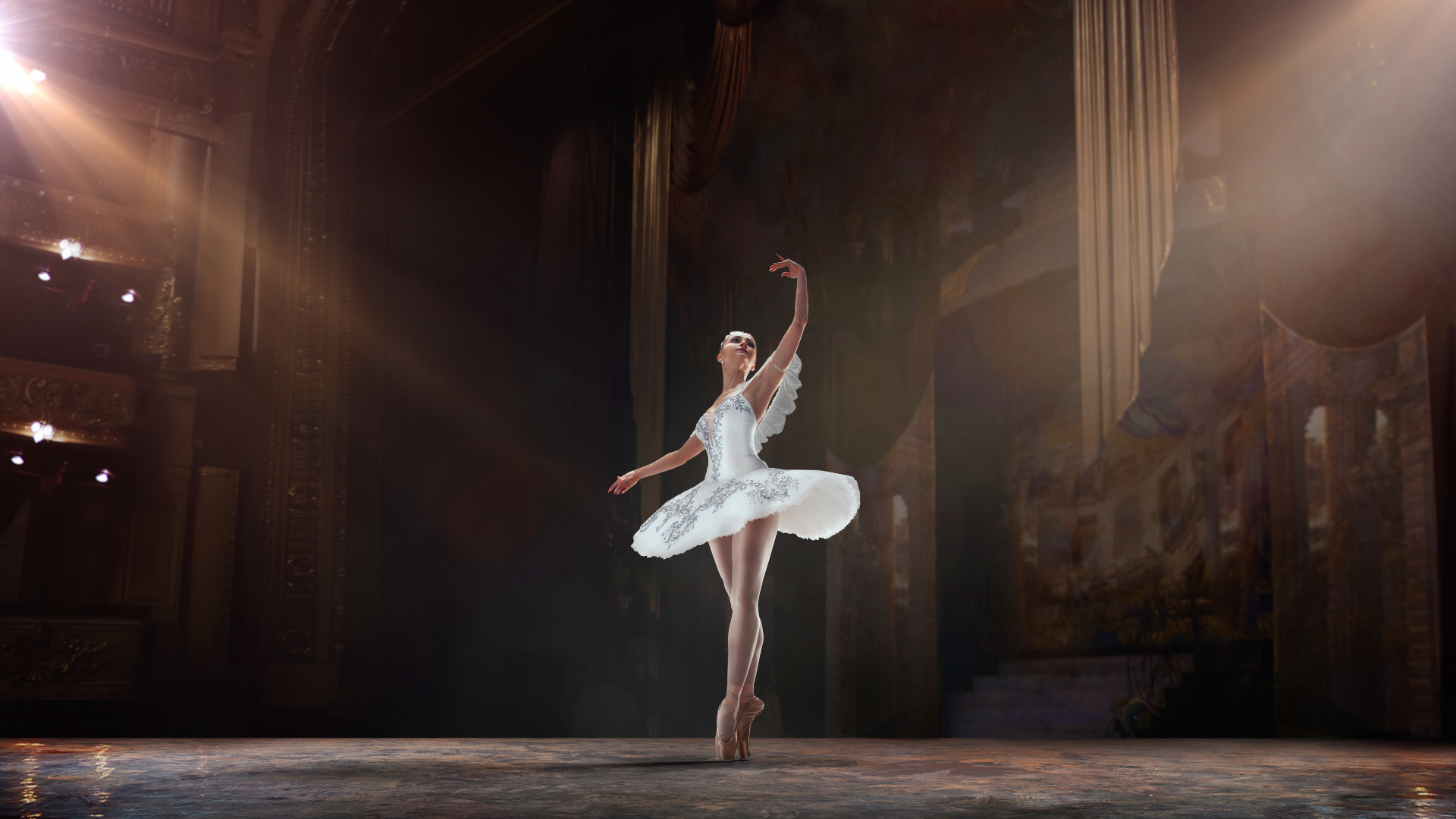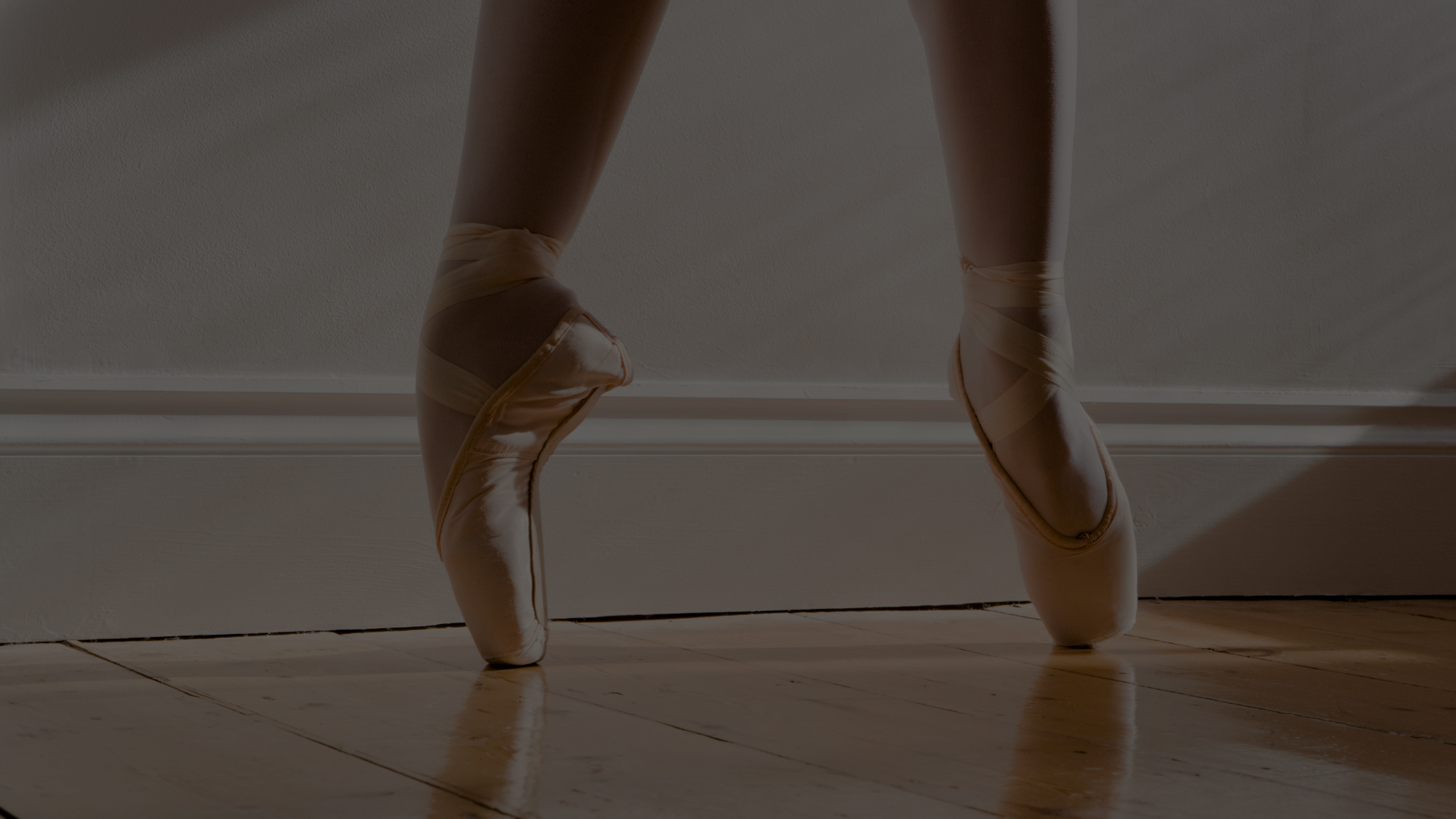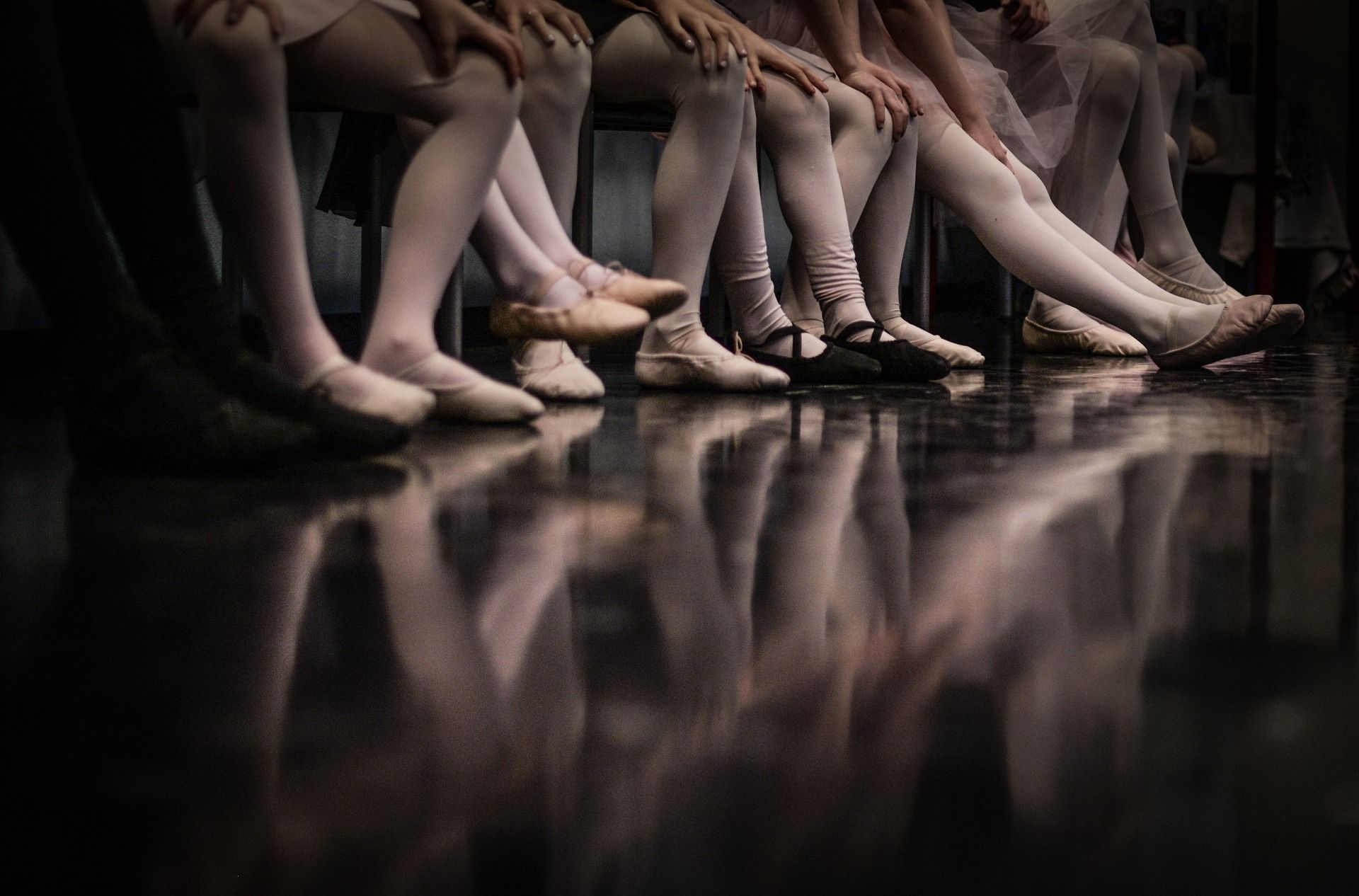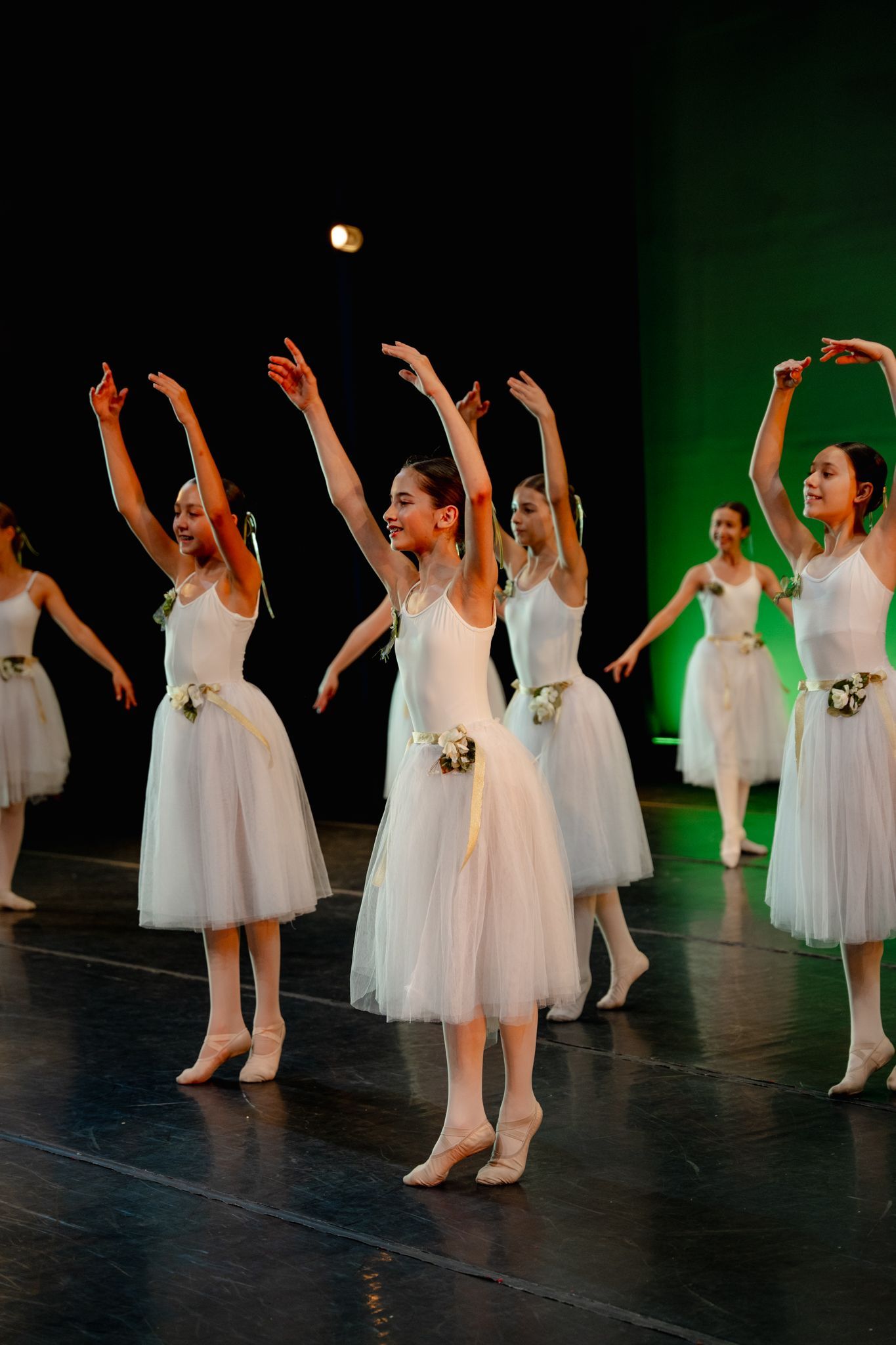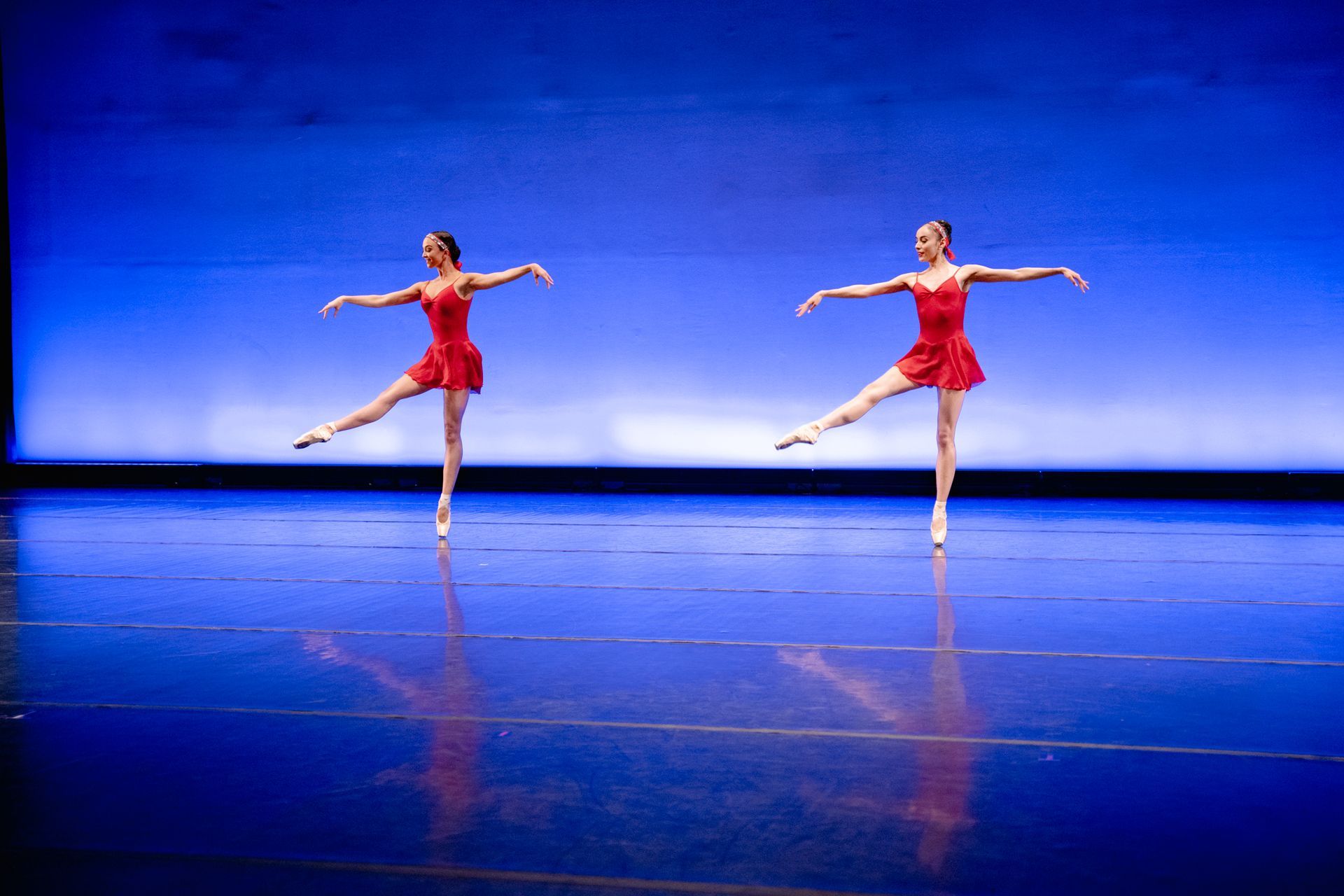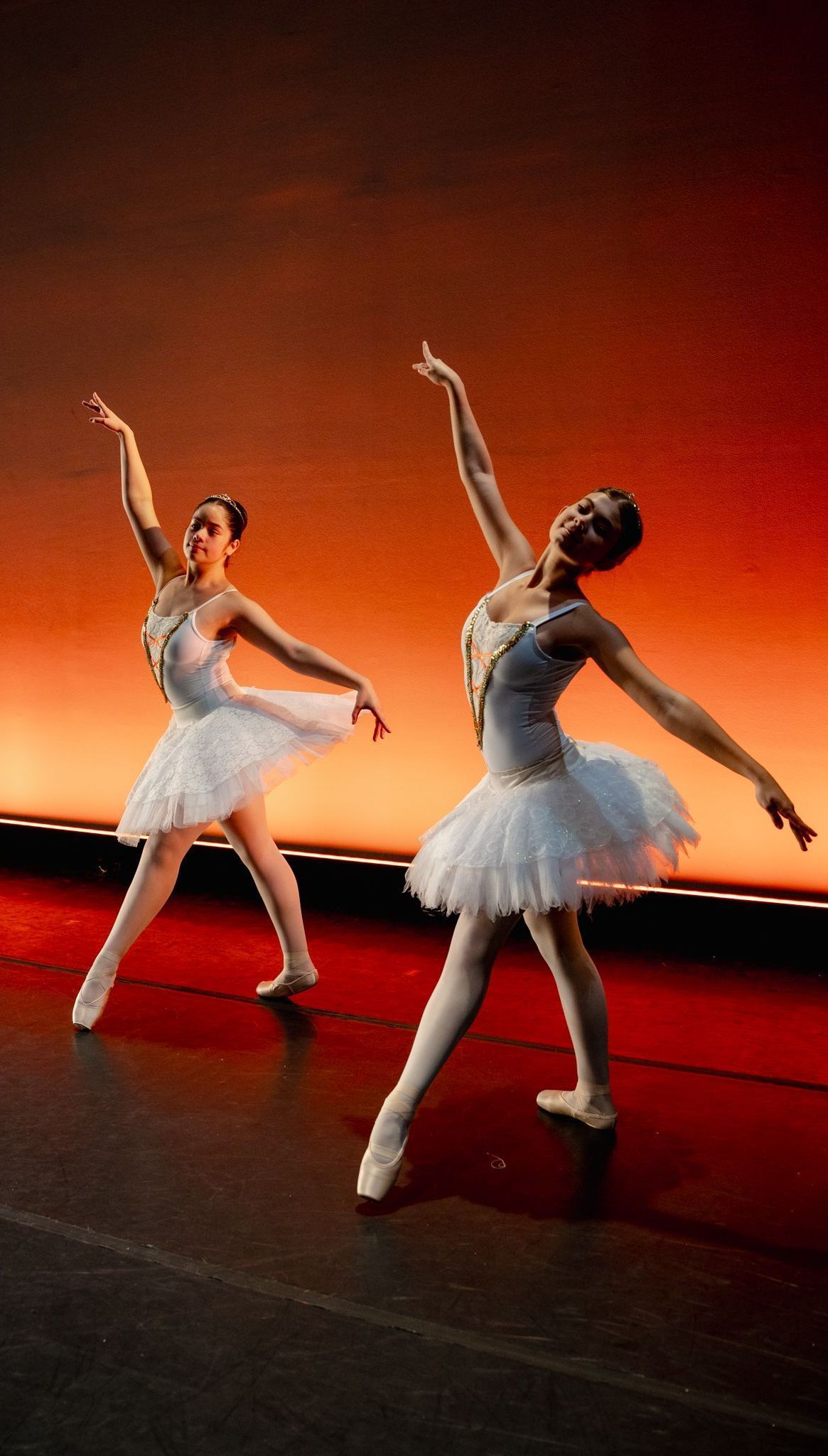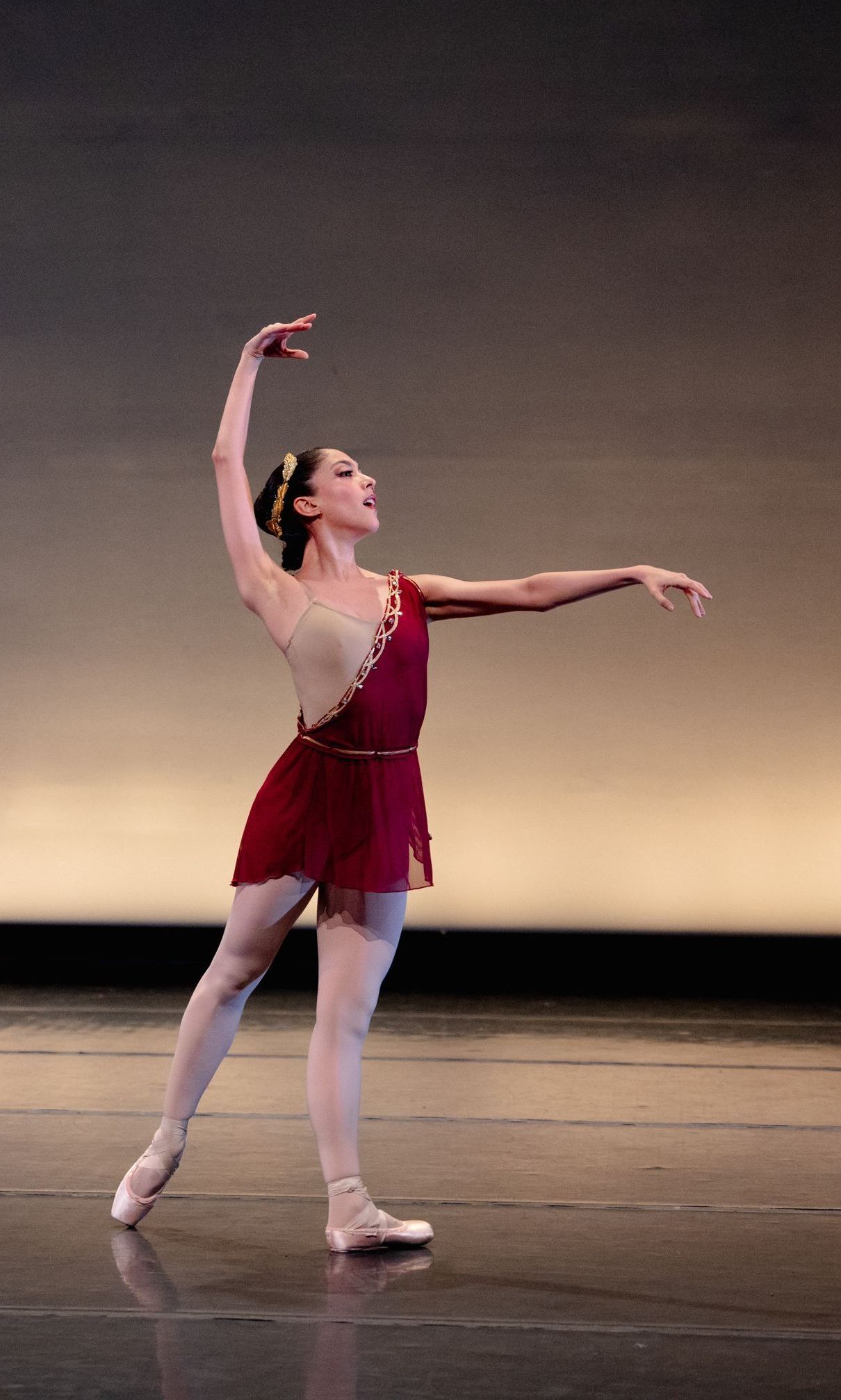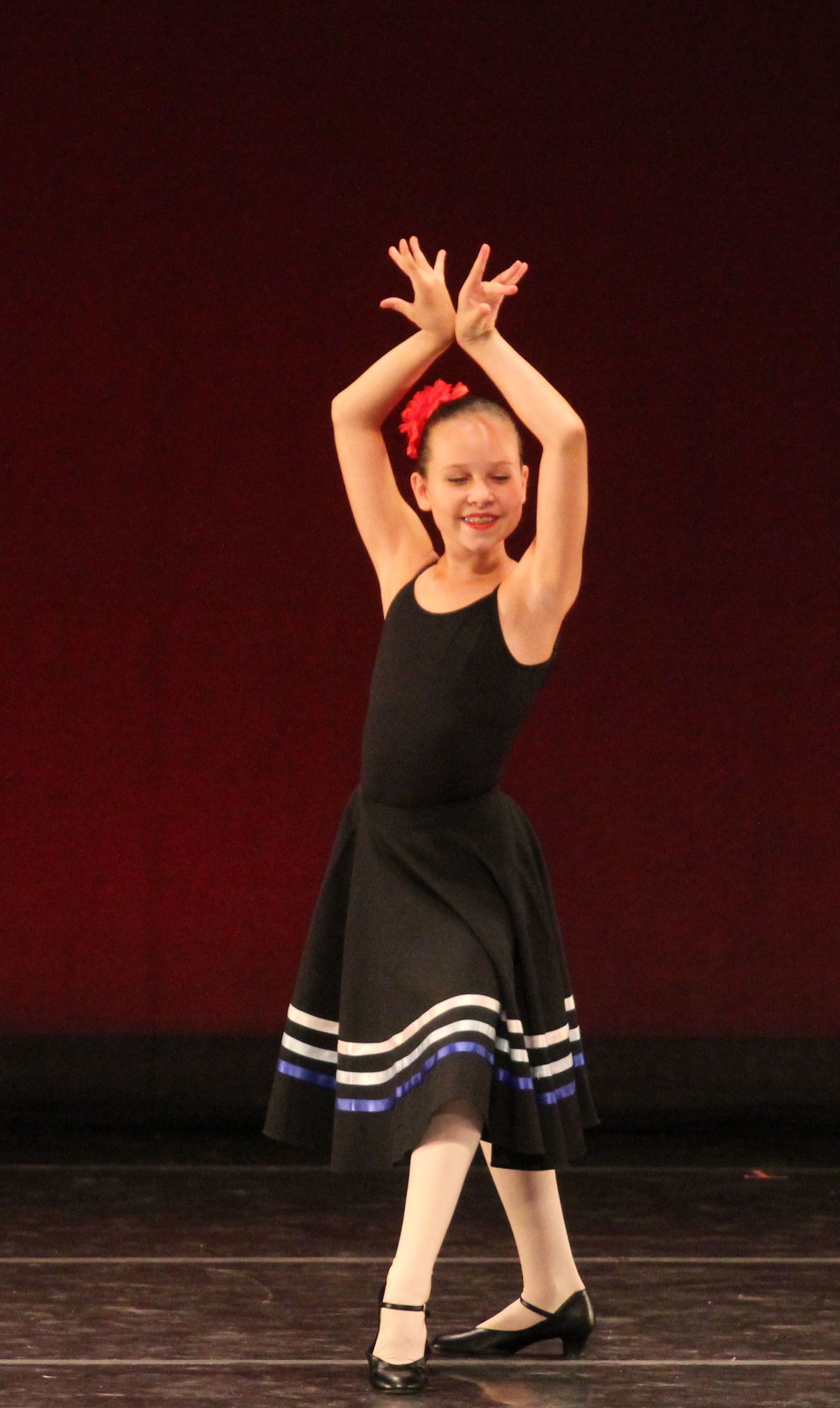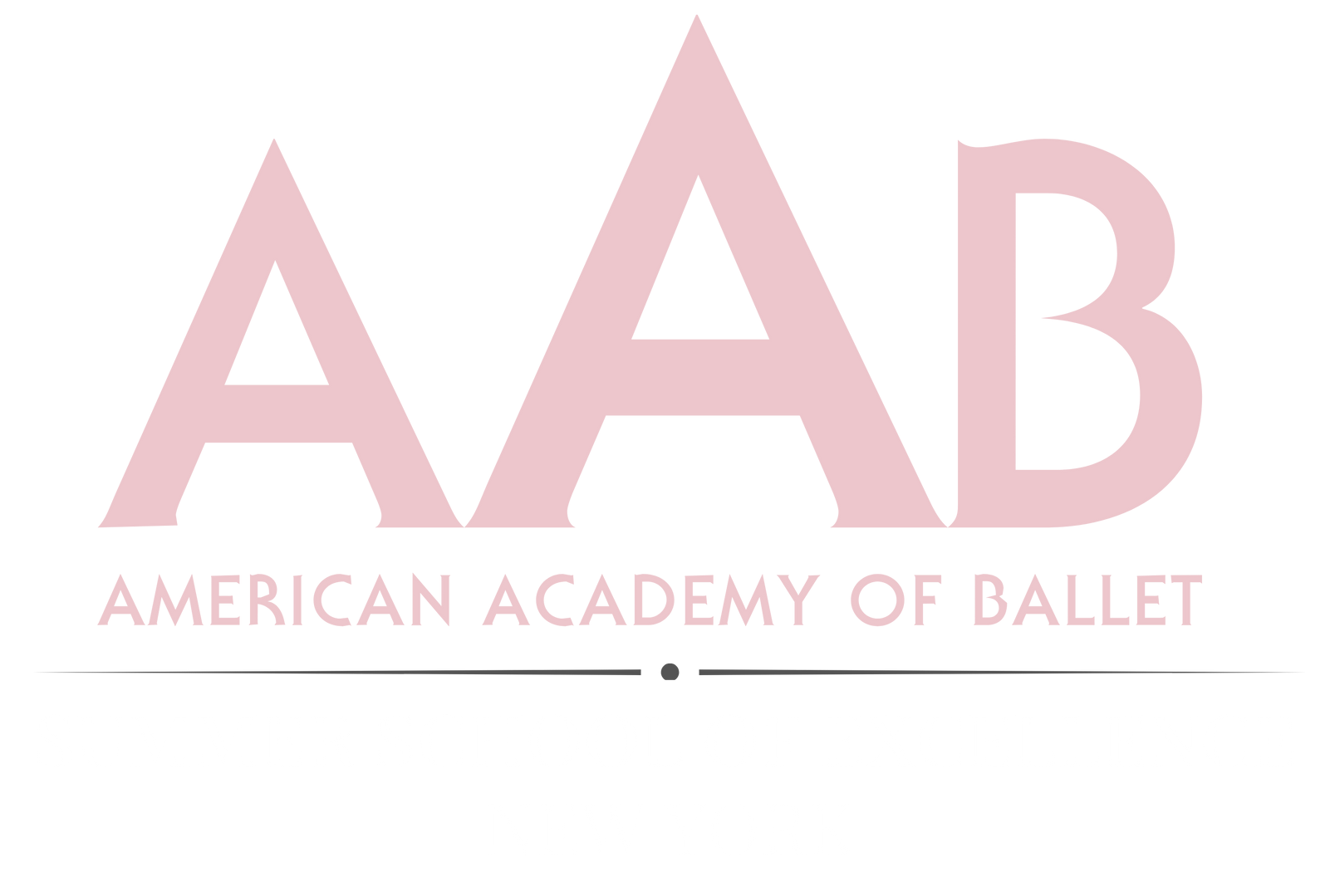Exploring the Diversity of Dance Styles Taught at the American Academy of Ballet
Various Avenues to Broadening Your Artistic Horizons
The American Academy of Ballet is renowned not only for its focus on classical ballet but also for the diversity of dance styles it incorporates into its comprehensive curriculum. Aspiring dancers who train at the academy are given the opportunity to explore various dance forms, broadening their artistic horizons and helping them develop into versatile performers. Whether you’re passionate about ballet or eager to expand your dance repertoire, the American Academy of Ballet ensures that its students gain exposure to multiple genres of dance. Here’s a closer look at the range of styles that are taught at the academy.
Classical Ballet: The Foundation of All Dance
At the core of the American Academy of Ballet’s curriculum is
classical ballet. It provides the foundational technique that every dancer needs, no matter what style they ultimately specialize in. With a focus on precision, control, and grace, classical ballet helps dancers build strength, flexibility, and discipline. The academy’s classical ballet instruction follows a rigorous program designed to shape students into technically proficient and artistically expressive dancers. With expert instructors guiding each dancer, students can master fundamental techniques such as pointe work, pirouettes, and grand jetés.
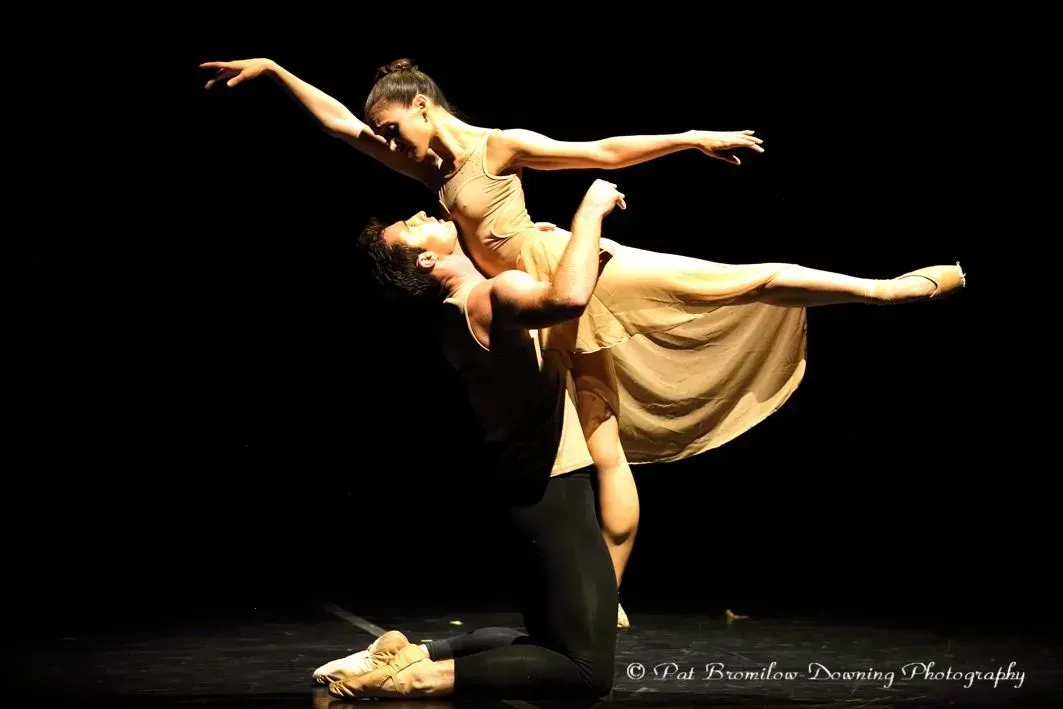
Neo-Classical Ballet: Pushing Boundaries
Neo-classical ballet is another essential component of the academy’s curriculum. It moves beyond the formal
structure of classical ballet and allows for more creative freedom and innovative movement. This style, which blends classical technique with modern influences, encourages students to experiment with lines, speed, and emotion. By learning
neo-classical ballet, dancers at the American Academy of Ballet are equipped to adapt to contemporary choreography, making them highly versatile in today’s dance world.
Contemporary Dance: Expressive and Fluid
Contemporary dance is a more modern and expressive dance style, and the academy makes sure students have a solid understanding of it. This style is often characterized by its fluid movements, improvisational elements, and a focus on personal expression. Contemporary dance blends elements from various genres, including ballet, modern, and jazz, creating a unique and dynamic form. By mastering contemporary dance, students at the American Academy of Ballet gain the skills needed to perform in a range of settings, from concert dance to stage productions.
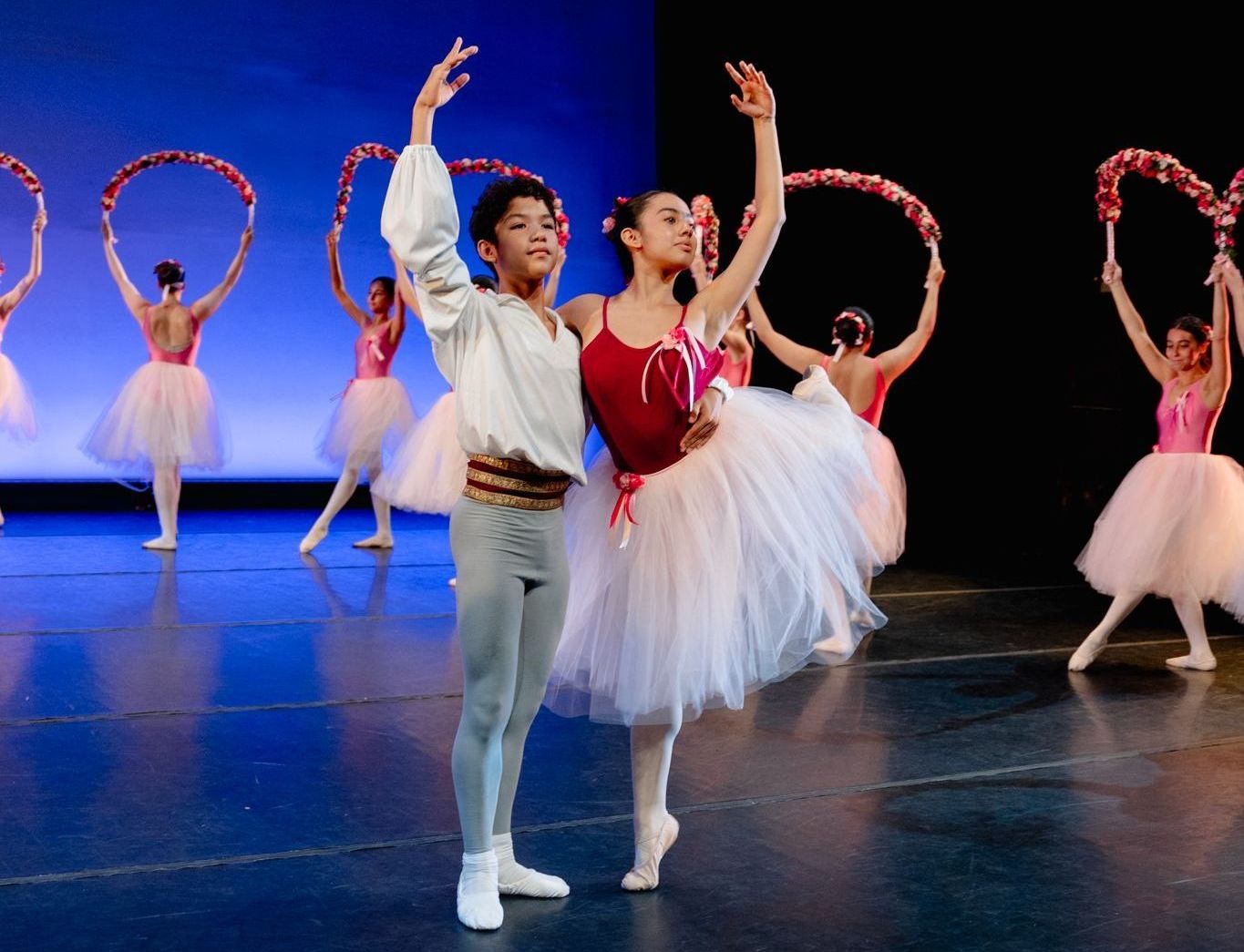
The Role of Performance in Dance Education
Throughout their time at the academy, students have the opportunity to showcase what they’ve learned in various performances. These performances often feature a blend of all the styles taught at the academy, allowing dancers to demonstrate their versatility and adaptability. Whether performing a classical ballet variation, a contemporary piece, or a lively folk dance, students gain invaluable experience and confidence by taking the stage.
A Well-Rounded Dance Education
The American Academy of Ballet’s commitment to teaching a wide range of dance styles ensures that its students are well-prepared for diverse careers in the performing arts. By offering instruction in classical ballet, neo-classical, contemporary, musical theater, and cultural dance styles, the academy provides students with the tools they need to succeed in a competitive and ever-evolving industry.
For aspiring dancers looking to enhance their versatility and develop a rich, well-rounded skill set, the American Academy of Ballet offers an unparalleled opportunity to explore the art of dance in all its forms.
